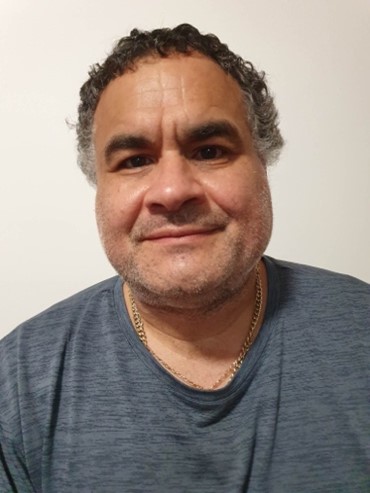Indigenous students in some outback Australian communities are thriving in an educational environment where local culture is respected.
Incorporating Indigenous culture into the curriculum is setting Indigenous students up for success in remote Indigenous schools.
With figures showing that Indigenous students tend to experience poorer educational outcomes, a new study has shown that having a responsiveness to local Indigenous culture and needs can help improve performance and wellbeing.
InSight+ spoke to the lead researcher Dr Anthony Dillon, an honorary Fellow at the Australian Catholic University and a working psychologist, who identifies as both Australian and Aboriginal. He says that identifying success in schools is necessary to address Closing the Gap.

“If we want Indigenous Australians to do well, education is one of the essentials,” Dr Dillon said.
One of the national Closing the Gap targets is “[an increase in] the proportion of Aboriginal and Torres Strait Islander people (age 20–24) attaining Year 12 or equivalent qualification to 96%, [by 2031]”.
In 2021, 68.1% of Aboriginal and Torres Strait Islander people aged 20–24 years had attained Year 12 or equivalent qualification.
“One of our goals for us was to identify successful schools, and let the nation know that not every remote school is a failure,” Dr Dillon said.
We were trying to find out what were the ingredients that make a successful school.”
Asking the right questions
In the study, the research team undertook considerable levels of consultation with the local community when conducting focus groups with students, teachers and the community.
“With Indigenous stakeholders, there are still echoes from the past, where there could have been that deficit discourse, or misinterpretation and we just take the data and nick off,” Dr Dillon said. “So, we want to make sure that, [the community] were active participants. They were agreeable to everything.”
The study focused on two schools in undisclosed remote, coastal towns – one on the mainland and an island community. The research team asked two questions. What are the perceived key drivers of thriving for Indigenous students within remote schooling contexts? And to what extent do the perceptions of the drivers of success vary across two different remote school environments?
Drivers in remote Indigenous schools
The study identified successful strategies in five areas of student wellbeing: academic, cultural, physical, psychological and social wellbeing.
“We asked, how can we fix the environments? How can we modify the education system, so that it taps into the strengths of Indigenous people?” Dr Dillon asked.
To promote academic wellbeing, well resourced classrooms, adaptable teaching styles, and increased accessibility for students through technology were of significant help.
Factors leading to cultural wellbeing included making sure that it was Indigenous staff facilitating relationships between the school and parents, and that the school focused on teaching English when it was not the students’ first language.
Dr Dillon said that physical wellbeing was crucial to education, as poor nutrition, injuries and illness detract from a student’s ability to learn.
“You can’t separate health and education. They’re two sides of the same coin,” Dr Dillon said.
“In these places, health is a big issue. So having a school-based nurse is very helpful.”
At both schools, a school nurse and teaching assistants were readily available.
“Very often that teacher assistant might be a mother or cousin or auntie,” Dr Dillon said.
When it came to psychological wellbeing, the study found that nurturing hope in students by highlighting the world of opportunities available to them after school was crucial. The students were also trained in emotional regulation skills, using positive reinforcement strategies.
Dr Dillon said that both schools had a big focus on play, sport and physical activity, and the community was involved in these activities outside of school hours.
“Probably the biggest thing in these communities was an open gate policy between the school and the community. Whereas in more urban areas, schools are little bubble,” he said.
The study also highlighted the significance of creating trust.
“For some of these kids, their parents or grandparents would have had negative experiences,” Dr Dillon said. “They may not have been allowed to go to school, or if they did, they were mistreated, or ostracised. And so, it’s making every attempt to let the people know ‘your kid is welcome here’.”
Different communities, different strategies
Dr Dillon said that although the similarities were significant, schools still needed to focus on different tactics for success.
The mainland school, for example, had better access to opportunities outside the school and emphasised the further education and employment prospects open to students. The island school found strength in focusing on their local pastoral life, and local practices, to enhance thriving.
One factor that stood out to the researchers was a feeling of safety.
“One of the schools in particular just kept emphasising safety. When the students come to that school, [they know] that is a safe place. But it really was a message. It was done in a very natural, organic way. ‘We care about your safety’,” said Dr Dillon.
Ultimately, the findings highlighted the importance of focusing on strength, rather than deficit, Dillon and his colleagues wrote in the article.
“A child is more than their academic achievement under a western lens, and a focus on deficits can negatively impact thriving,” they wrote.
Subscribe to the free InSight+ weekly newsletter here. It is available to all readers, not just registered medical practitioners.

 more_vert
more_vert